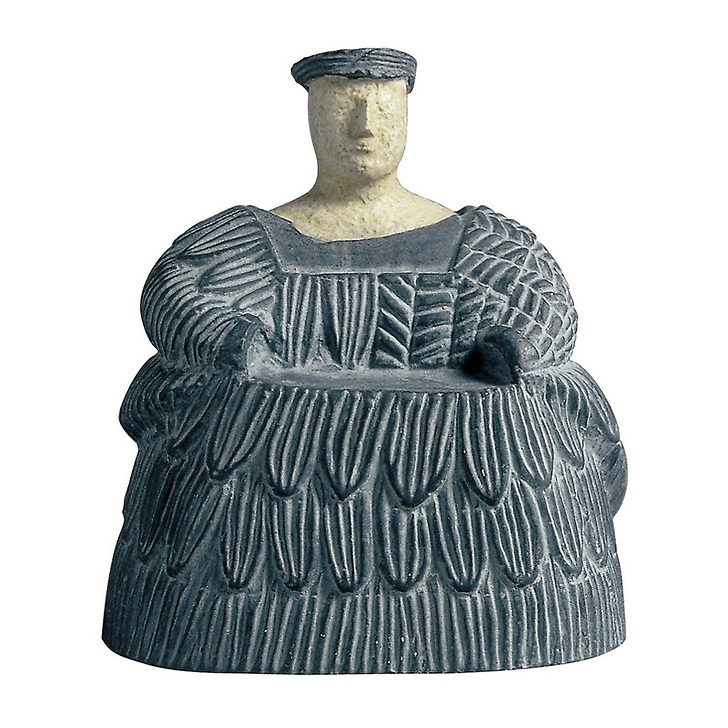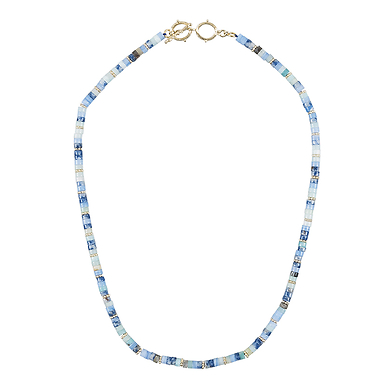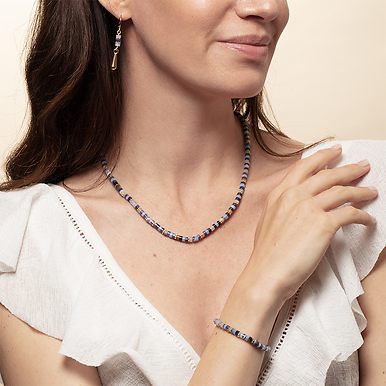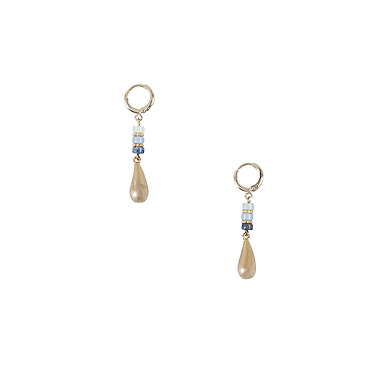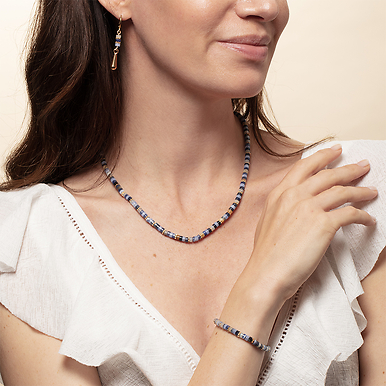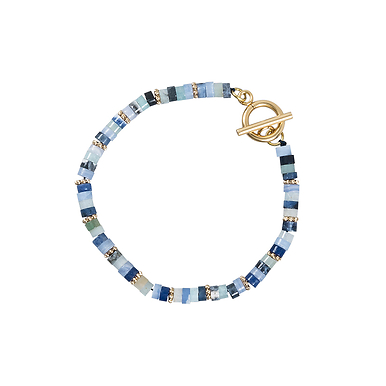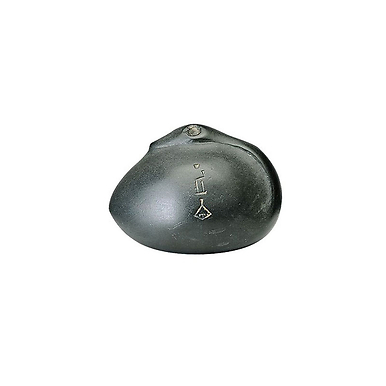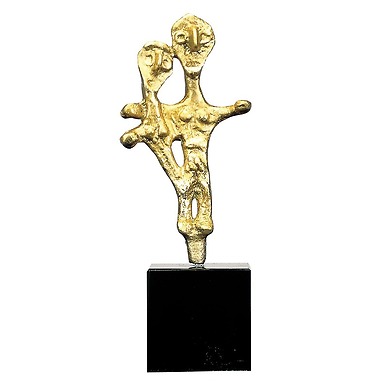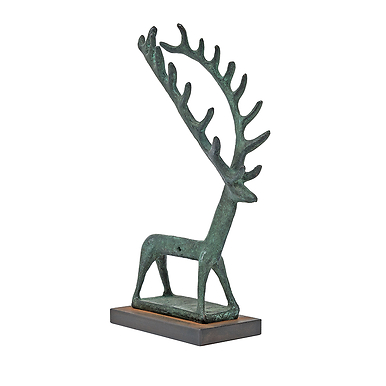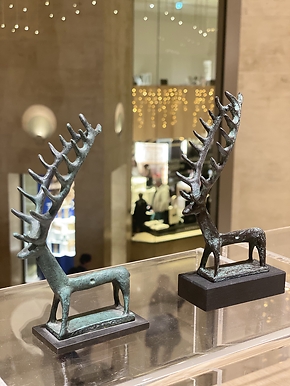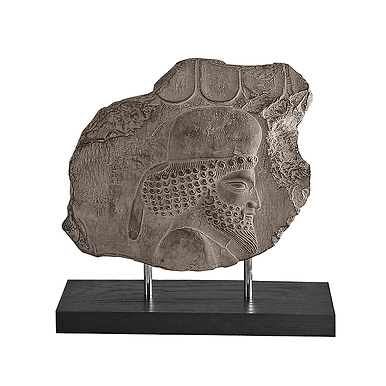Sculpture Princess from Bactria
RA001038
Reproduction in patinated resin by hand. Mold made from a print of the original work.
The region lying on each side of the river Amu-Darya, the former Oxus, used to be called Bactria in ancient times. At present, it intersects the North of Afghanistan and Uzbekistan.
At the beginning of the 2nd millennium...
Read more
Reproduction in patinated resin by hand. Mold made from a print of the original work.
The region lying on each side of the river Amu-Darya, the former Oxus, used to be called Bactria in ancient times. At present, it intersects the North of Afghanistan and Uzbekistan.
At the beginning of the 2nd millennium B.C., Bactria maintained extremely close relations with all of Persia and with the regions beyond, including the Indus Valley. A rich artistic production developed in this region, various materials, such as chlorite, lapis-lazuli, alabaster, arseniuretted copper, silver and others.
In order to create a lively contrast between the different parts of the body and clothes of the figures, statuettes were made of different coloured stones.
The most frequently represented models were the scarred genie, with a body covered in scales, and women, princesses, majestic in their wide crinoline skirts, sometimes with woolly locks of hair, as in this case.
Close
Login to see prices
Sold by GrandPalaisRmn

